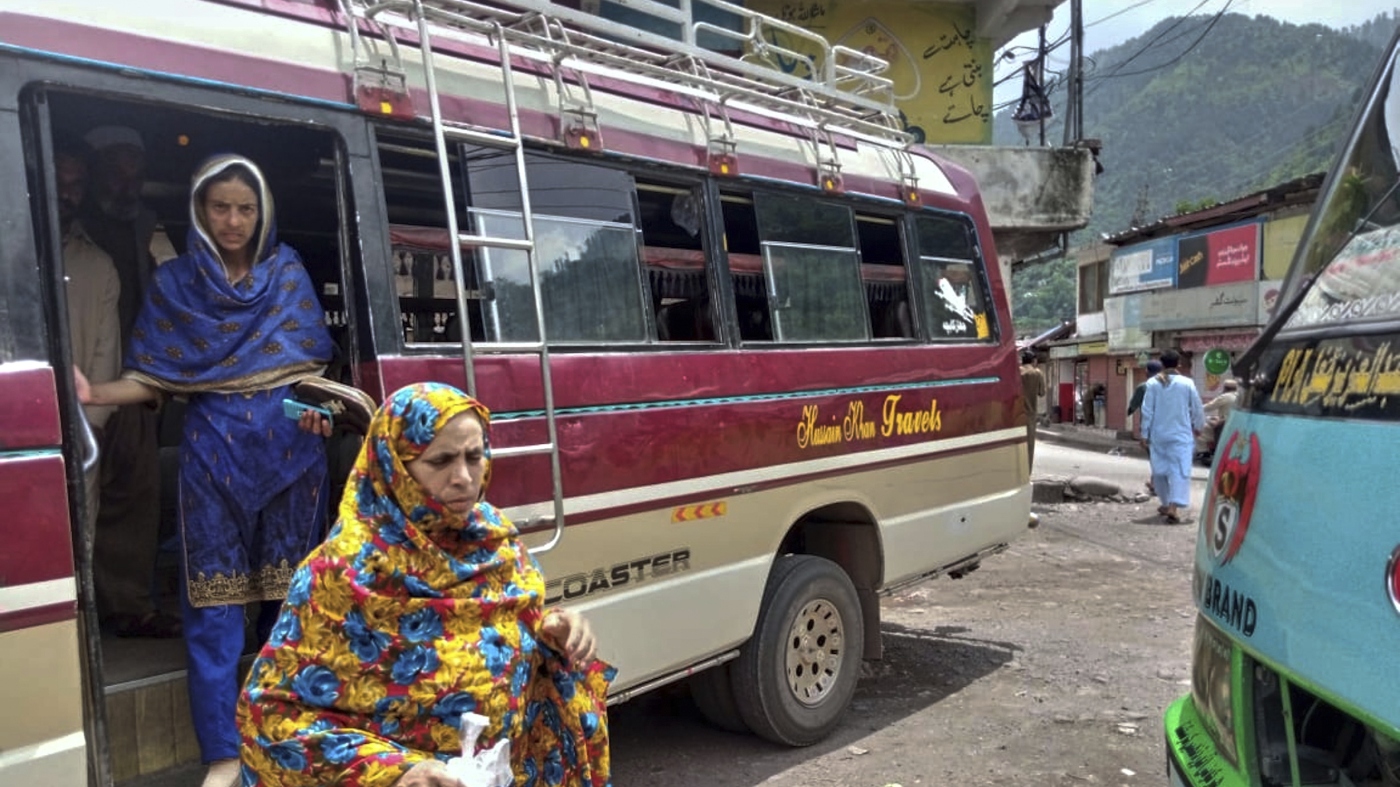The Fragile Ceasefire Between India and Pakistan: A Precarious Path to Peace
Introduction
The recent ceasefire agreement between India and Pakistan, brokered with U.S. mediation, was meant to de-escalate decades of hostility in the disputed Kashmir region. Yet, within hours of its announcement, reports of renewed border clashes emerged, casting doubt on its sustainability. This analysis explores the historical roots of the conflict, the dynamics of the latest truce, the immediate challenges it faces, and the broader implications for regional and global security.
Historical Context: The Kashmir Conflict
Partition and the Birth of a Dispute
The Kashmir conflict traces its origins to the 1947 partition of British India, which created two independent nations: India and Pakistan. The princely state of Jammu and Kashmir, with a Muslim-majority population but a Hindu ruler, became a flashpoint. Both countries claimed sovereignty, leading to the first Indo-Pakistani war (1947–48) and the eventual division of Kashmir along the Line of Control (LoC).
Wars, Skirmishes, and Failed Diplomacy
Subsequent conflicts—including the 1965 war and the 1999 Kargil conflict—deepened hostilities. The 1972 Simla Agreement attempted to formalize the LoC as a temporary boundary, but sporadic clashes persisted. Cross-border shelling, militant infiltration, and accusations of human rights abuses have kept tensions simmering.
The Latest Ceasefire: A Diplomatic Breakthrough?
The U.S. Role in Mediation
The 2021 ceasefire marked a rare moment of cooperation, facilitated by backchannel diplomacy and U.S. involvement. President Trump’s announcement framed it as a victory for de-escalation, but skeptics questioned whether external pressure alone could overcome entrenched distrust.
Immediate Violations and Accusations
Within hours, both sides accused each other of breaching the truce. Indian officials reported Pakistani-initiated shelling, while Pakistan countered that India provoked the clashes. Local residents described terrifying nights of explosions and gunfire, underscoring the human cost of the fragility.
Challenges to the Ceasefire
Trust Deficit and Historical Grievances
Decades of broken agreements have left little room for optimism. Each violation reinforces narratives of betrayal, making it harder to sustain dialogue. Pakistan’s alleged support for militant groups and India’s heavy-handed military policies in Kashmir remain sticking points.
Domestic Pressures
Hardliners in both countries view concessions as weakness. In India, the ruling BJP’s nationalist base opposes compromise, while Pakistan’s military establishment retains significant influence over foreign policy. Domestic politics could undermine diplomatic progress.
The Human Toll: Life Along the LoC
Displacement and Trauma
Kashmiri civilians bear the brunt of the violence. Frequent shelling forces families to flee, destroys homes, and disrupts livelihoods. Psychological trauma is widespread, with children growing up in constant fear of conflict.
Economic Stagnation
The instability deters investment and development. Kashmir’s potential as a tourist hub remains untapped, and trade across the LoC—once a confidence-building measure—has dwindled due to security concerns.
Broader Implications
Nuclear Dangers
As nuclear-armed states, India and Pakistan’s clashes carry global risks. A miscalculation could spiral into a larger conflict, with catastrophic consequences. The ceasefire, however fragile, is a critical safeguard.
Regional Stability
The dispute fuels broader tensions, complicating relationships with China (which controls parts of Kashmir) and Afghanistan (where Pakistan-India rivalries play out). A lasting resolution could unlock regional cooperation on trade and security.
The Road Ahead
Confidence-Building Measures
Small steps—such as reinstating cross-LoC trade, easing visa restrictions, and joint humanitarian efforts—could rebuild trust. Track II diplomacy (unofficial dialogues involving scholars, ex-officials, and civil society) may also help bridge gaps.
The Role of International Actors
The U.S., China, and the UN must balance engagement with restraint. Overbearing pressure could backfire, but sustained, neutral facilitation is essential.
Conclusion: A Test of Political Will
The India-Pakistan ceasefire is a fragile thread holding back a tide of historical animosity. Its survival depends on both nations prioritizing peace over posturing. For Kashmiris, it offers a fleeting hope—one that must not be squandered. The world watches closely, aware that in this volatile region, the stakes are nothing short of survival.
*The coming months will reveal whether this truce becomes a turning point or another footnote in a long history of broken promises.*











